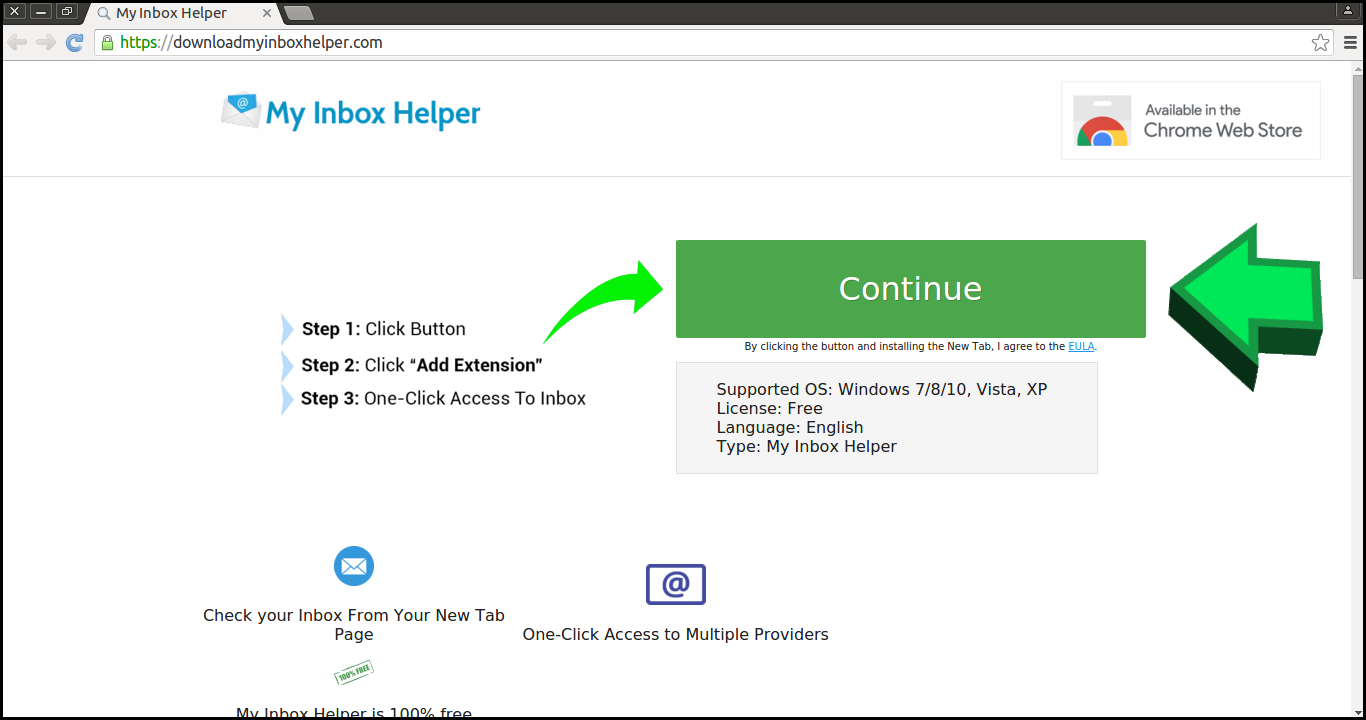

- BEST MALWARE REMOVAL TOOLS 2018 HOW TO
- BEST MALWARE REMOVAL TOOLS 2018 SOFTWARE
- BEST MALWARE REMOVAL TOOLS 2018 FREE
There are also some technical preventative measures that you can take to keep malware from infecting your system and/or network.
BEST MALWARE REMOVAL TOOLS 2018 HOW TO
Q #4) How to Prevent and Protect against Malware?Īnswer: The best way to prevent malware and ensure protection against it is by using powerful antivirus and anti-malware software.Īnother way to prevent malware is by not opening any links or email attachments from unexpected or unknown sources. Used to secretly deliver malware to the computer of unsuspecting users, Malvertising involves the use of legitimate ads or ad networks to spread malware.
BEST MALWARE REMOVAL TOOLS 2018 SOFTWARE
Malicious software that encrypts the files on your hard drive and then demands a ransom for them is referred to as Ransomware.īotnets are a network of infected computers that work together under the control of an attacker to compromise the security of a system and cause damage to it. While it isn’t always malicious, Adware can undermine your system’s security in a bid to serve your ads and in doing so, it can allow a lot of the other malware to make their way into your system. Often a collection of software tools, Rootkit gives someone with ill-intentions remote access and control over a system such as a computer. The malware secretly gathers information on an unsuspecting user by hiding in the background and taking notes of the user’s online activity. Q #3) What are the Different Attack Techniques that are used by Malware to Infect and Spread?Īnswer: The Attack Techniques that are used by Malware to Infect and Spread include:Īs the name suggests, Spyware is a malware intended to spy on you. With this in mind, the most common types of Malware include the following:Ī standalone malware, a Worm reproduces itself and makes its way from one computer onto another.Ī piece of computer code, a Virus can spread uncontrollably to damage the core functionality of a system and delete or corrupt files.Ī malicious program, a Trojan tricks people into activating it so that it can quickly spread and cause damage to a system. Q #2) What are the Different Types of Malware?Īnswer: The types of malware refer to the different ways in which malware can infect a device or computer system.
BEST MALWARE REMOVAL TOOLS 2018 FREE
However, there are occasions when it may access a device through software, toolbars, music files, game demos, free subscriptions, websites or anything else downloaded onto the device from the web which is not protected by anti-malware. In most cases, the malware gains access to a computer, or another device through email or the internet. Using malware, cybercriminals can expose your private identity and cause damage to individual computers, servers, or an entire network of computers. FAQs About Malware And Malware RemovalĮnlisted below are the most commonly asked questions on Malware and Malware Removal.Īnswer: An acronym for malicious software, malware is an umbrella term for all kinds of harmful computer programs that are used by hackers and other miscreants to wreak havoc and gain access to sensitive information. We have explained all this and much more in the following section which provides the answers to the frequently asked questions about malware and malware removal. The very first step in this regard would be getting an understanding of malware, its types, and how to get protected against it. We say this because the Accenture study reports that the average time taken to resolve a malicious insiders attack is 50 days.Ĭonsidering the impact on the costs and time of malware attacks, you’d do well to think about your vulnerability to malware and how you can thwart or minimize this risk. In addition to costing millions to your business, malware can also take up a lot of your valuable time. Total Annualized Cyber Crime Cost for Attack Types in US$ millionsįrom the above figure, we find that malware is the costliest type of cyber-attacks for businesses today. The average amount that companies spent on malware and web-based attacks were $2.4 million and $2 million respectively. The study by Accenture also found that the costliest cyberattack types were malware and web-based attacks. The Key Findings of ‘The Cost of Cyber Crime’ Study by Accenture.



 0 kommentar(er)
0 kommentar(er)
